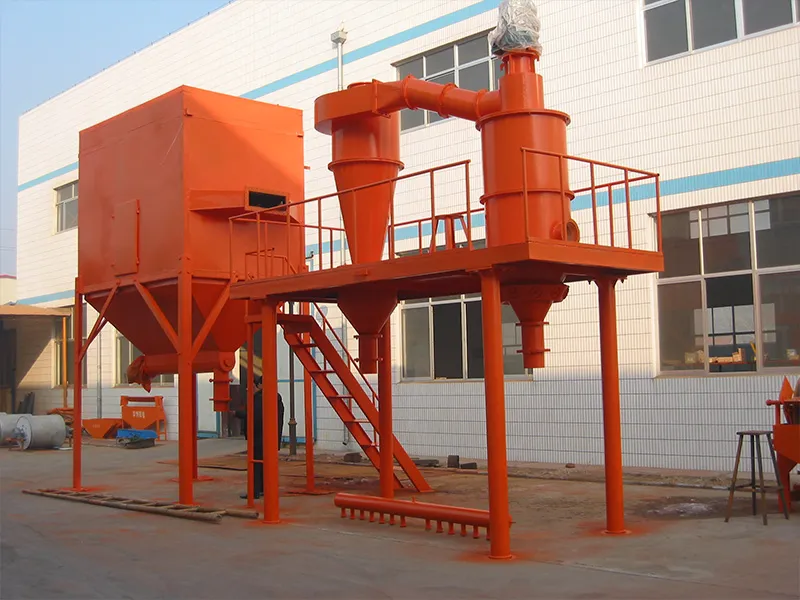When selecting a classification system for your powder processing needs, understanding the distinctions between air classifiers and jet classifiers is critical. These systems differ fundamentally in working principles, structure, particle size ranges, applications, and operational costs.

1. Working Principle
Air Classifiers: Centrifugal Force Field
Relies on a high-speed rotating classifier wheel to generate centrifugal force. Fine particles (low centrifugal force) pass through the wheel blades for collection. Coarse particles (high centrifugal force) are ejected toward the chamber wall. Some models enhance precision with secondary air scouring.
Jet Classifiers: Coanda Effect (Wall Attachment Principle)
Uses high-pressure gas jets to pre-disperse materials, followed by inertial separation. Fine particles adhere to the Coanda block surface. Medium particles enter a central split-flow channel. Coarse particles deflect away from the block, achieving three-way separation.
2. Structural Design
Air Classifier: Dynamic Components
Includes rotating classifier wheel, drive motor, cyclone separador, and dust collector. Requires regular maintenance due to wear on high-speed parts.
Jet Classifier: Fully Static Structure
No moving parts – only nozzles, Coanda blocks, adjustable blades, and collection units.
Low maintenance, easy disassembly, and minimal wear.
3. Particle Size Range
| Classifier Type | Typical Range | Adjustment Method |
| Air Classifier | D97: 3–150 µm (microns) | Wheel speed / airflow adjustment |
| Jet Classifier | 0.5–50 µm (sub-micron capable) | Gas flow / blade angle tuning |

4. Application Scope
Air Classifier: General-Purpose
Ideal for minerals (CaCO₃, kaolin), ceramics, pharmaceuticals, and food industries. Handles spherical, flaky, or irregular particles, including mixed-density materials.
Jet Classifier: Specialty Precision
Optimized for ultrafine powders:
Metals (titanium, tungsten)
Advanced ceramics / nano-materials
Toners, pigments, and cohesive powders.
Superior for inert gas (N₂) environments.

5. Operational Costs & Efficiency
| Factor | Air Classifier | Jet Classifier |
| Energy Use | Higher (rotating parts) | Lower (static system) |
| Classification Efficiency | 60–90% (material-dependent) | Sharper cut, 3-grade output |
| Throughput | High-volume continuous | Lower capacity, high precision |
| Mantenimiento | Wear-prone components | Minimal upkeep |
How to Choose?
Select an Air Classifier If: Processing micron-scale powders (3–150 µm). Prioritizing high throughput and integration with mills (e.g., ball mills).
Choose a Jet Classifier If: Requiring sub-micron precision (0.5–50 µm). Handling cohesive/nano powders or needing inert-gas operation.
Acerca de Epic Powder
Whether you need high-capacity air classification or ultrafine jet separation, Polvo épico delivers cutting-edge technology with: Energy-efficient designs to reduce operational costs. Precision control for exact particle size distributions.Custom configurations for your material’s unique properties. Maximize Your Powder Performance – Partner with Epic Powder!

